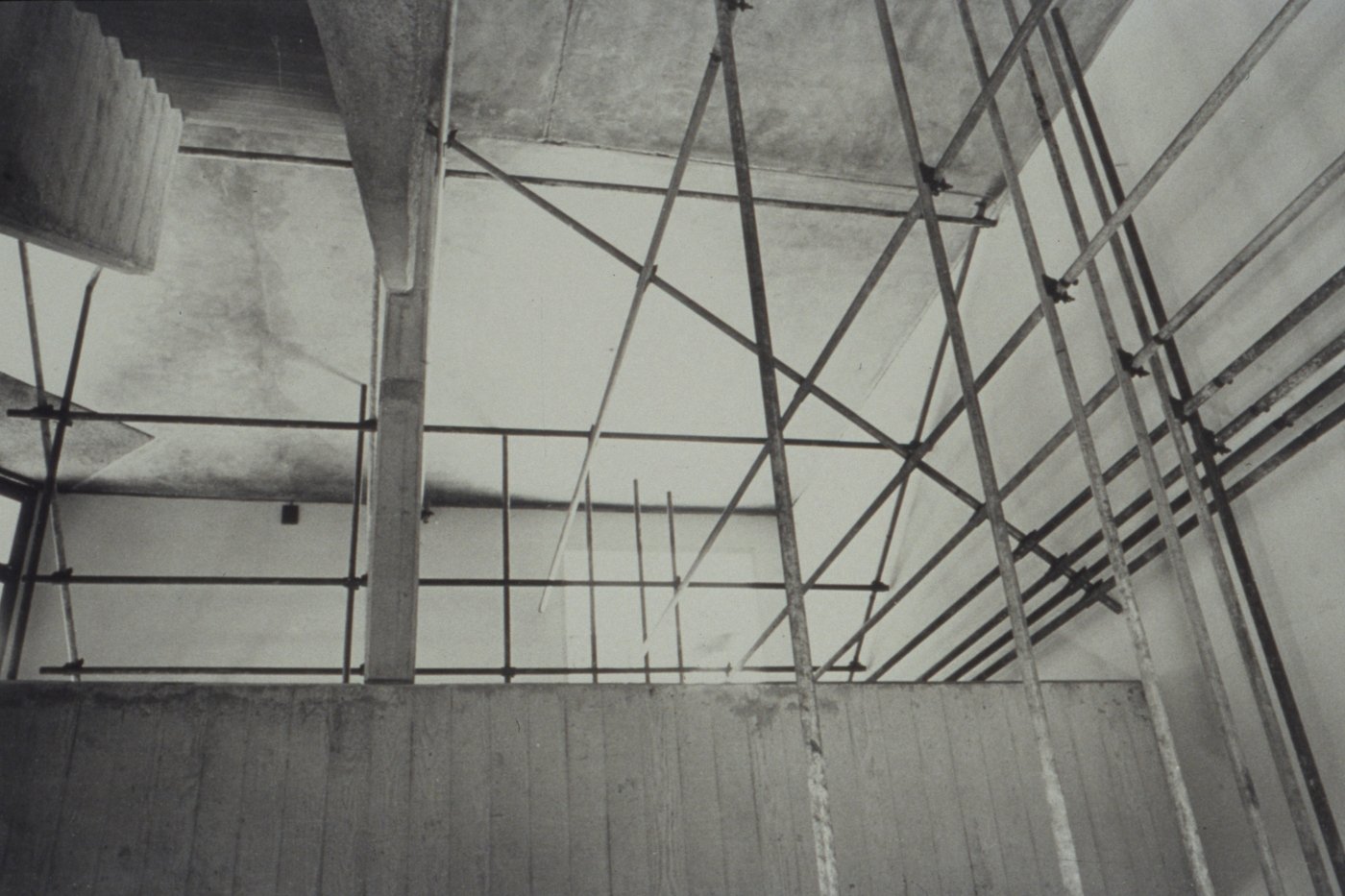These notes are an extended version of the video presentation with my partner Jacqueline Gothe, at Nigel Lendon’s memorial service at the Kambri Cinema, Australian National University on 7th May, 2022
Jacqueline’s and my presence today has been informed by our contracting Covid. While we present ourselves as ghosts, we have not suffered the same fate as Nigel just yet.
We only knew Nigel once we arrived at Wamboin.
The parallel tracks laid by Picasso and Duchamp before the first world war meant that our paths had never crossed, nor would ever, such was the quality of cultural engineering from the early twentieth century.
In the rarefied atmosphere of Wamboin however, those parallel lines were suddenly one line. That separation had been caused by a cultural stigmatism and there was just the one track, the art track, down which we all rambled.
That’s what I thought anyway, but Nigel would not budge. Measured differences would not so quickly be dismantled for social ease.
Nigel was belligerent, but in the most civilised and friendly way. His Adelaidian gentility was well instilled and so many years in education and in his writing, this nature had been well applied.
I first encountered Nigel’s work in 1971, at Watters Gallery. He had erected scaffolding throughout the gallery not as a preparatory activity for further construction for which scaffolding in normally employed. The beginning of it was the end of it. We were left to imagine what might arise from this structural introduction.
I was still a student then. I remember being annoyed by the work and it was only twenty years later, that I appreciated the scaffolding mounted in the gallery made the gallery itself the artwork. The gallery was under imaginary repair as if it was in need of reinvention.
Even if we have asked the question, ‘what is art?’ a multitude of times, the question still needs to be asked every morning. It is the artist’s morning prayer. It was this determination that was shared, without question.
Nigel had been preparing for his show with Alex Danko at Milani which he sadly missed. He had in his time at Wamboin reinvented himself as a full-time artist. He was doing work which was still dry and as fresh as it had been, still annoyingly devoid of any applied sensuousness.
He mocked the notion of ‘sculptural values’, as if their presence might induce substance automatically.
The jury is out still. The jury is famously in a state of permanent deliberation nowadays. Our task is to keep it there, to keep us alive to possibilities as they emerge, or don’t!
In that spirit and, speaking of parallel lines, I’ve just now had another look at that scaffolding work on the internet. It’s called ‘Structure for a specific site’. It’s not a conceptual work at all. It is a beautifully realised spatial improvisation that doesn’t interrogate the function of the gallery at all. You don’t need to think. You only need to look and be apprehended by it. The gallery is divided and subdivided into a sequence of harmonising shapes and kind of reeks, sorry Nigel, of ‘sculptural values’.
The task for the sculptor traditionally, is to transform the block so that one can’t see the shape from which that block was carved. In this instance Nigel has completely transformed the space of the gallery.
I commend you all who don’t know the work to have a look on his excellent website, built by Axel, nigel.lendon.art.
Yes. That’s actually the website address. It’s like a second coming in that it brings Nigel back to life.
Structure for a Specific Site 1971
Structure for a Specific Site 1971
Structure for a Specific Site 1971


